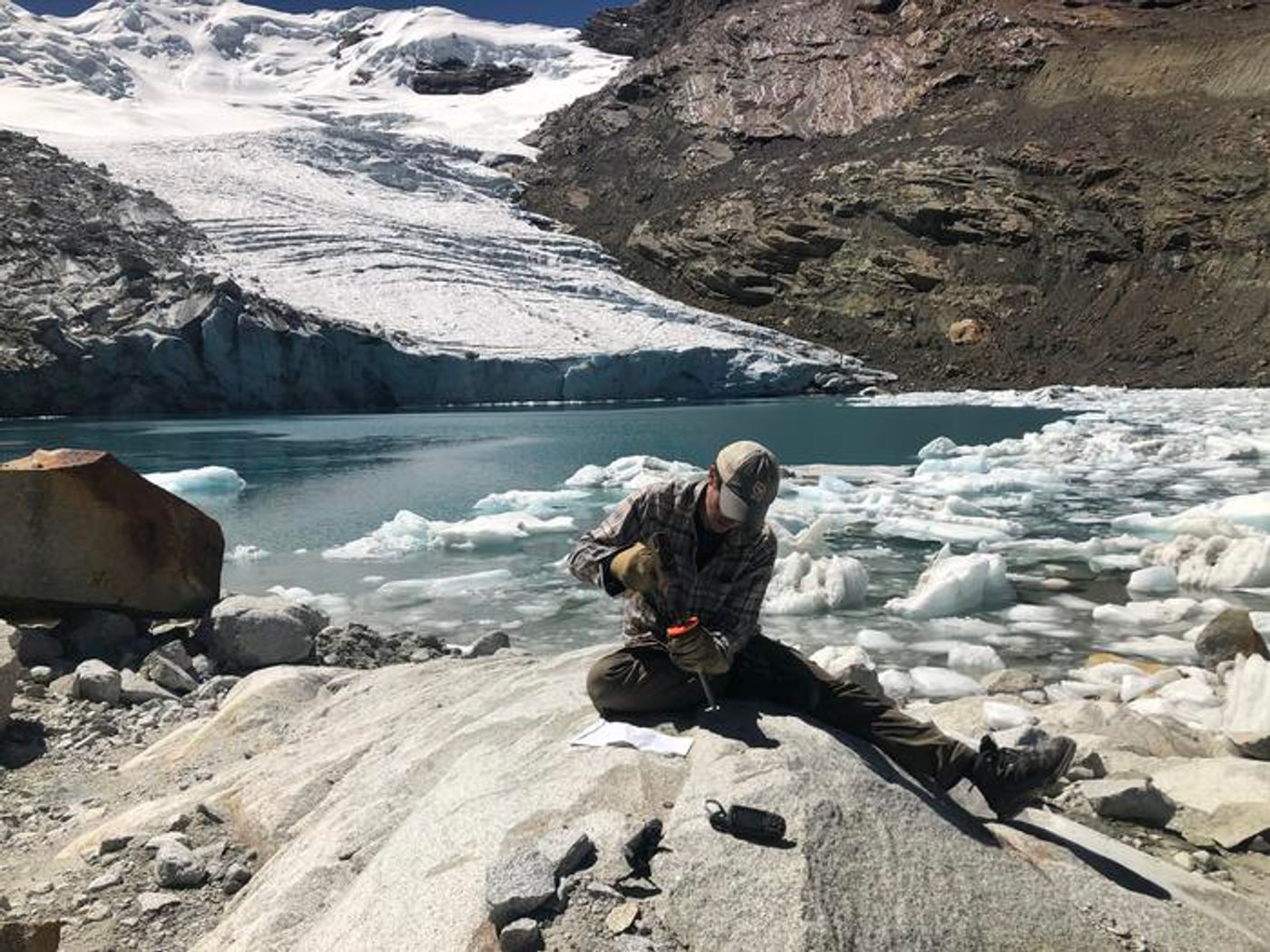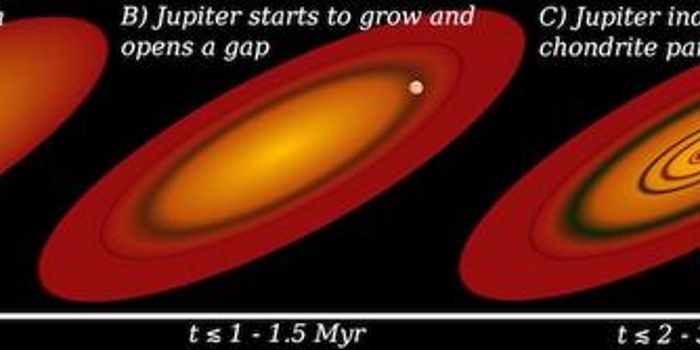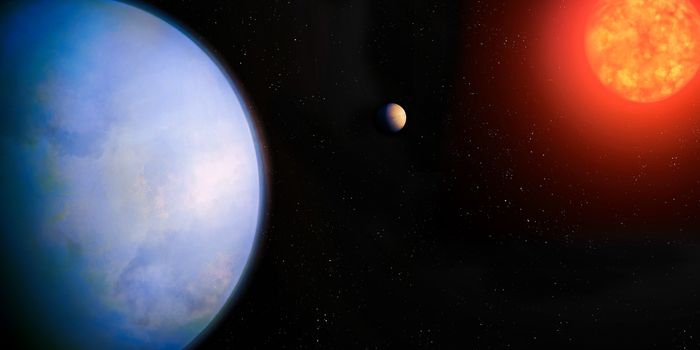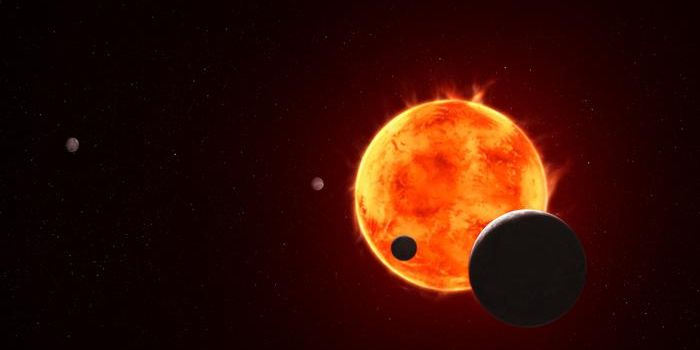Rapid Andean Glacier Melt is Outpacing Predictions
There are certain rocks in the South American Andes that have been exposed to the air for the first time since prehistoric times, according to a new study in Science. These Andean glaciers are the smallest they have been in over 11,700 years, and the research has suggested that the tropics have now exceeded warm limits in the area, which were last seen in the early Holocene.
Atmospheric carbon dioxide levels are the highest they have been in hundreds of thousands of years, and researchers have long warned that unless we control carbon dioxide emissions, glaciers around the world will likely retreat further and further. In the tropics, that would happen until many were gone. But now it seems that the retreat of glaciers is happening far faster than originally predicted.
"We have pretty strong evidence that these glaciers are smaller now than they have been any time in the past 11,000 years," said study co-author Jeremy Shakun, a Boston College Associate Professor of Earth and Environmental Sciences.
Shakun noted that right now, glacier retreat happens primarily because of increasing temperatures, and not because of other factors such as reduced snowfall or cloud cover changes. This study has indicated that warming in the tropics is already above the interglacial period, or the Holocene range and is now in the Anthropocene.
The Holocene interglacial period is a critical period during which civilization arose, and the flow of water and the outline of coasts affected the development of human agricultural and commercial activity. Now these glaciers are part of an age dominated by human influence, or the Anthropocene. While that term has recently been rejected by official geological bodies, it is already in wide use in academic research in many fields.
As climate change continues to exert a powerful effect around the world, evidence is showing that changes may be happening faster than we would hope.
"This is the first large region of the planet where we have strong evidence that glaciers have crossed this important benchmark; it is a canary in the coalmine for glaciers everywhere," said Shakun.
In this study, the investigators aimed to compare the retreat of glaciers due to natural variation, and the current situation for tropical glaciers. The team performed field work in Bolivia, Colombia, and Peru, which sampled bedrock chemistry at four melting glaciers. There were two unusual isotopes: beryllium-10 and carbon-14 that accumulate in the surface of bedrock as it is hit by cosmic rays, explained Shakun. This work revealed when the bedrock was exposed in the past.
"We found essentially no beryllium-10 or radiocarbon-14 in any of the 18 bedrock samples we measured in front of four tropical glaciers," said Gorin, now a UC Berkeley graduate student. "That tells us there was never any significant prior exposure to cosmic radiation since these glaciers formed during the last ice age."
This confirms other data from studies that investigated plants at the site of the Quelccaya Ice Cap in Peru. These plants were found to be 5,000 years old, suggesting that the ice cap was large enough to protect those plants during that entire time. Otherwise, they would have decayed and been lost.
The team is continuing to study other glaciers and get a better idea of how much and how fast glaciers are retreating right now.
Sources: Boston College, Science









